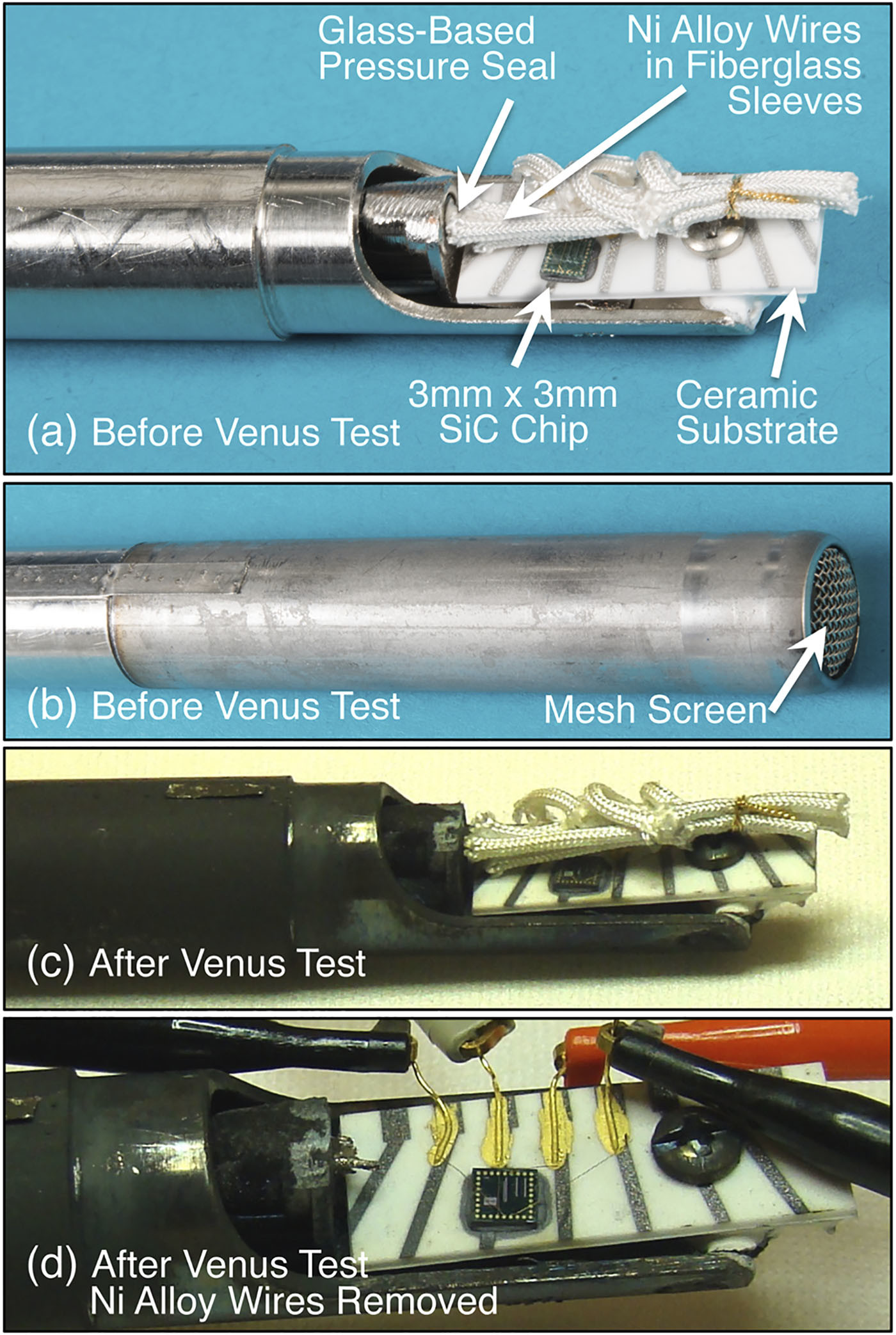
There’s a reason why we’re focused on colonizing Mars rather than Venus: the latter is absolutely inhospitable. Its atmosphere is 96 percent carbon dioxide and in terms of pressure, 92 times stronger than Earth’s. That’s not counting the fact that the planet is the hottest in our solar system. Needless to say, getting a computer to work on Venus’ surface is a challenge. But NASA scientists might have cracked what it takes to keep electronics functioning on the sulfuric planet.
Prior to this, any such equipment would require “pressure vessels and/or cooling systems” to keep sensitive electronics safe. Scientists from NASA’s Glenn Research Center tossed an oscillator into the Glenn Extreme Environments Rig, cranked the machine up to Venus-levels of heat and pressure and waited to see what happened. How’d it fare? Pretty well. The interconnect wires, when combined with silicon carbide chips and protected by ceramics, withstood the harsh elements with aplomb. Some 521 hours later, the oscillator was removed.

When you consider the previous record of survival on Venus’ surface was two hours and seven minutes on the Soviet craft Venera 13 in 1982, this is even more impressive. All told, this should dramatically increase the amount of data we can glean about the planet’s caustic environment, and help supplement NASA’s plan for airship cities floating above Venus.
Via: Ars Technica
Source: AIP Advances




